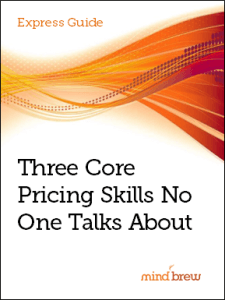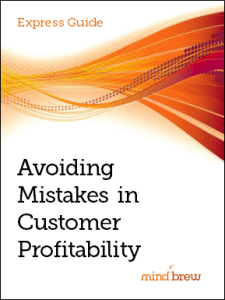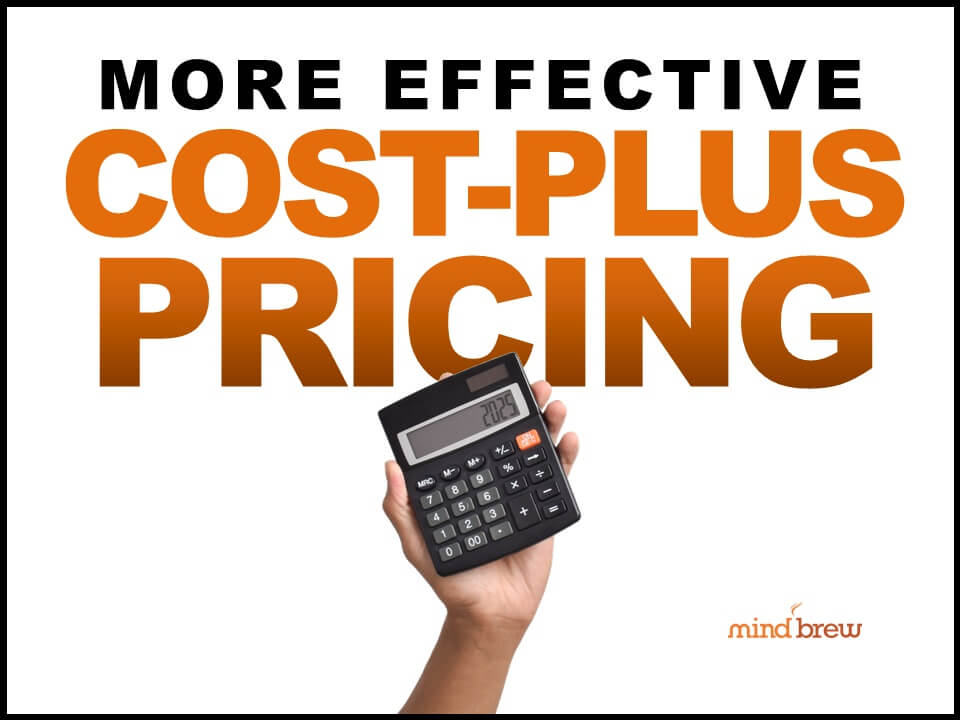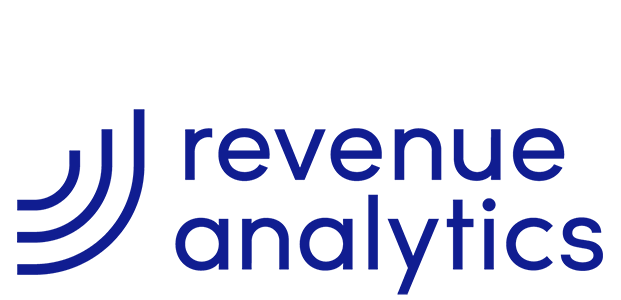A PricingBrew Journal diagnostic entitled, 21 Questions About Your Price Segmentation, provides a straightforward self-assessment to help gauge whether or not your price segmentation model is really as effective as it could be. It’s a good tool for quickly identifying major weak spots and potential big-bang improvements.
In reviewing the assessment for publication, I found myself wondering just how often a company’s underlying price segmentation model gets the attention it really deserves?
When it comes to pricing, there are usually dozens or even hundreds of things that are vying for our collective attention — analytical processes, value estimation, workflow design, skills training, sales adoption, tools and technology, competitive research, performance measurement, etc. And the list of pricing “to dos” just goes on and on.
But is price segmentation really just another task in the laundry list of pricing tasks?
I don’t think so. To my mind, that’s a bit like saying that an architectural blueprint is just another task in the building of a house — no more or less important than pouring the foundation, framing the walls, or shingling the roof.
But just as an architectural blueprint is the core task that defines all other building tasks, a company’s price segmentation model defines and influences nearly every other pricing-related task. And as a result, the quality and accuracy of the underlying price segmentation model plays a huge role in how everything else plays out.
When a price segmentation model is lacking:
- Analysis processes generate lots of false signals and phony outliers.
- Value estimation and price-setting becomes more of a guessing game.
- Price exceptions increase, requiring more routing and workflow.
- Adoption and buy-in amongst the sales team is far more challenging.
- Performance measurement provides no insight and lacks credibility.
Developed correctly, your price segmentation model is a description of your market and how it responds to price. And as such, the more accurate that description, the more effective every subsequent decision or action will be.












